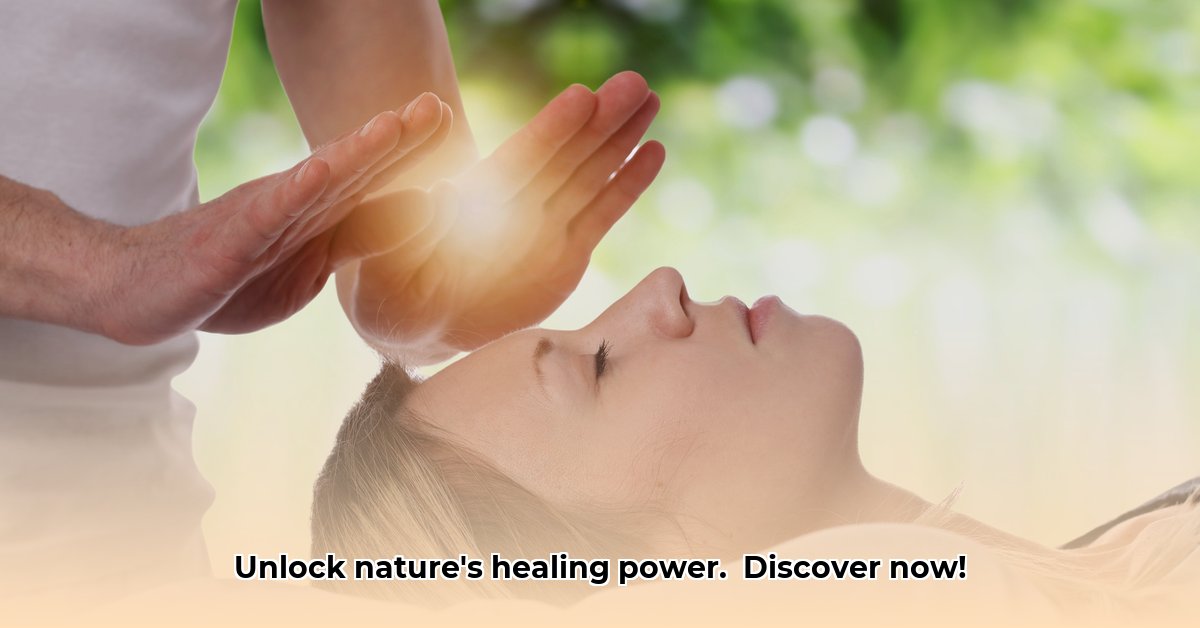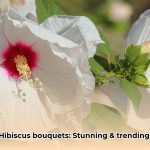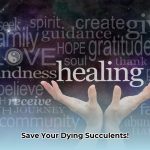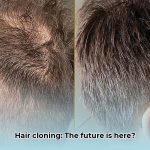For ages, flowers have been more than just pretty things; people have used them for healing in many cultures. But it can be tricky to know what’s real and what’s just old wives’ tales when it comes to using flowers as medicine. This article explores the amazing world of flower remedies, looking at what science says really works and what you need to know to use them safely. We’ll answer important questions like: Which flowers actually have proven benefits? How can I use them without hurting myself? And what’s the future of using flowers for healing? We’ll cover what’s backed by research, talk about where the research is lacking, and give you a guide to using these remedies safely. This article combines traditional knowledge with modern science to help you understand how to use the healing power of flowers responsibly. For more in-depth information on herbs, check out this comprehensive herb book.
Healing Flowers: Uncovering Nature’s Pharmacy
For centuries, people across the globe have looked to flowers for healing – exploring potential benefits and risks. From ancient healers to modern-day herbalists, blossoms have played a significant role in traditional medicine. But what’s the real story behind these beautiful, potentially beneficial plants? Let’s delve into the fascinating world of healing flowers, separating fact from fiction by reviewing empirical evidence.
A Blend of History, Folk Remedies and Modern Science
The use of flowers for medicinal purposes is deeply rooted in history with folk remedies passed down. Many cultures have long-standing traditions of using specific flowers to treat various ailments. These traditions are often passed down through generations, forming a rich tapestry of folk remedies. However, modern science is now carefully examining these traditional uses, trying to understand the actual mechanisms behind any potential health benefits. Some traditional uses are holding up to scientific scrutiny, while others remain largely unproven. It’s a captivating mix of historical wisdom and ongoing scientific investigation in ethnobotany.
Flowers with a Track Record: Proven Flowers for Effective Treatments
Several flowers have a long history of use and are now backed by some scientific evidence suggesting their effectiveness in treating health conditions. Consider chamomile, for instance. For years, it’s been renowned for its calming effects, helping people relax and sleep better. Scientific studies have indeed indicated that chamomile may have mild anxiolytic (anxiety-reducing) properties. Similarly, lavender, with its soothing scent, shows promise as a mild antiseptic and as a possible aid for relaxation and sleep. Its calming aroma is often used in aromatherapy (therapeutic use of essential oils). Calendula, a vibrant orange flower, has been used topically for centuries to promote wound healing, and research supports its anti-inflammatory properties. And then there’s echinacea, a flower often associated with immune support; while more research is still needed, some studies suggest it might indeed offer some benefits to the immune system, although the results are far from definitive. These are just a few examples where traditional knowledge finds some support in scientific findings from clinical trials.
The Unproven Claims: Proceed with Caution When Exploring Benefits
While many flowers have a history of purported healing properties, it’s crucial to acknowledge that many claims lack strong scientific support, necessitating further investigation. Many traditional uses are based on anecdotal evidence and cultural beliefs, which may or may not reflect true medicinal effects. The leap from “it’s always been used this way” to proven medical efficacy requires rigorous scientific testing, and randomized controlled trials. Many studies are small-scale, lacking the robust methodology needed to draw definitive conclusions, and standardized extraction protocols are absent. Adding to the complexity, the way a flower is processed – as a tea, a tincture, an essential oil, or a cream – significantly impacts its potency and safety. These variations make it challenging to conduct consistent and reliable research and interpret the results.
Navigating the World of Healing Flowers Safely: Expert Guidance and Best Practices
So, what’s the best approach to using healing flowers? Safety and informed decision-making are key, and it’s essential to prioritize expert recommendations.
Step 1: Consult a Healthcare Professional: This is the most important step to ensure your health; always talk to your doctor or a qualified healthcare practitioner before using medicinal flowers internally or topically, especially if you’re pregnant, breastfeeding, have pre-existing health conditions, or are taking other medications. They can assess potential drug interactions, allergies, and recommend safe dosages based on a complete clinical picture.
Step 2: Choose Reliable Sources: Not all information online is accurate about herbal remedies; stick to information from reputable sources, like peer-reviewed scientific journals, university-backed extension programs, and credible health organizations like the National Institutes of Health (NIH) or the World Health Organization (WHO). Be wary of exaggerated claims or testimonials lacking scientific backing and scrutinize the source. Look for authors with verifiable credentials and avoid websites that prioritize selling products over providing objective information.
Step 3: Understand the Limits of Knowledge: Remember that scientific research on many flowers is ongoing, and our knowledge is evolving; much of what we know is still preliminary. Avoid making assumptions based on limited evidence, and don’t consider flower-based remedies a replacement for conventional medical treatment for specific conditions like cancer, heart disease, or diabetes. They can potentially complement conventional treatments, but should not be the sole basis for your care.
Step 4: Prioritize Quality: If you choose to use flower-based remedies, source them from reputable suppliers who prioritize quality, sustainable practices, and proper preparation methods; look for products with clear labeling and information regarding their origin, harvesting practices, and processing to avoid adulteration and ensure potency. Choose organic options when available to minimize exposure to pesticides and herbicides.
Step 5: Consider Interactions and Allergies: Be aware that flowers can interact with certain medications or trigger allergic reactions. For example, St. John’s Wort is known to interact with antidepressants and blood thinners, while some individuals may be allergic to chamomile or calendula. If you experience any adverse reactions, such as skin rashes, itching, swelling, or difficulty breathing, discontinue use immediately and seek medical attention.
Balancing Tradition and Science: A Realistic View for Flower Remedies
The world of healing flowers represents a captivating intersection of ancient knowledge and modern science with a need for critical evaluation. Many have a rich tradition of use in diverse cultures, but it’s vital to approach their therapeutic potential with a balanced, realistic outlook by integrating traditional wisdom with current research. Always prioritize safety, and consult with health professionals before incorporating flower-based remedies into your routine to minimize adverse effects. The field is constantly evolving, with ongoing research potentially revealing new insights into the therapeutic value of these amazing plants.
Potential Benefits and Risks: A Quick Look
| Flower | Potential Benefits | Potential Risks/Side Effects | Evidence Level |
|---|---|---|---|
| Calendula | Wound healing, anti-inflammation | Allergic reactions (uncommon), contact dermatitis | Moderate |
| Chamomile | Relaxation, sleep improvement, mild anti-inflammatory | Allergic reactions (possible, especially in those allergic to ragweed), interactions with blood thinners | Moderate |
| Lavender | Relaxation, sleep aid, mild antiseptic | Allergic reactions (possible), skin irritation, potential endocrine disruption | Moderate |
| Echinacea | Possible immune support | Allergic reactions (possible), interactions with immunosuppressants, gastrointestinal upset | Moderate |
| St. John’s Wort | Mild to moderate depression relief | Interactions with many medications (antidepressants, birth control, blood thinners), photosensitivity | Moderate |
(Disclaimer: This table is not exhaustive. “Evidence level” is a subjective assessment based on current research and expert opinion. Always consult a doctor or qualified healthcare professional before using these plants medicinally. The information provided here is for informational purposes only and does not constitute medical advice.)
How to Safely Use Medicinal Flowers Internally Based on Scientific Evidence: A Detailed Guide
Key Takeaways:
- Many flowers boast a rich history of medicinal use across cultures, but scientific validation can be limited.
- While some benefits are supported by research, much remains unproven, requiring further investigation through rigorous clinical trials.
- Safe internal use of medicinal flowers is paramount and requires a science-based approach, considering potential risks and benefits.
- Proper identification, evidence-based preparation, and precise dosage are crucial to avoid toxicity and maximize therapeutic effects.
- Always consult a licensed healthcare professional or qualified herbalist before internal use, especially if you’re on other medications or have pre-existing health conditions.
- Sustainable and ethical sourcing is vital for environmental protection, ensuring quality, and promoting fair labor practices.
Unveiling Nature’s Pharmacy: The Promise and Peril of Medicinal Flowers
For centuries, humans have turned to plants for healing, recognizing both the potential benefits and inherent risks; flowers, with their vibrant beauty and complex chemical compositions, often hold potent medicinal properties. But before you brew a tea, create a tincture, or ingest any floral remedy, a thorough understanding of the science behind their use is critical, alongside strict adherence to safety protocols. While many traditional uses lack rigorous scientific validation, responsible exploration of these botanical resources requires guidance from qualified healthcare professionals and critical evaluation of available evidence. Let’s delve into both the potential benefits and the critical need for caution when considering botanical medicine derived from flowers.
The Science (and the Gaps) Behind Floral Remedies
Think of medicinal flowers as a double-edged sword, offering potential therapeutic benefits but never as a replacement for conventional medicine without consulting a healthcare professional. Some, like chamomile and lavender, boast well-documented calming properties, supported by studies showing their effectiveness in easing anxiety, promoting
- Affordable Employee Wellness Fair Ideas for Any Budget - December 14, 2025
- Employee Wellness Programs Strategically Benefit Employee Health And Retention - December 13, 2025
- Health and Wellbeing Companies Driving Employee Engagement and Productivity - December 13, 2025
















